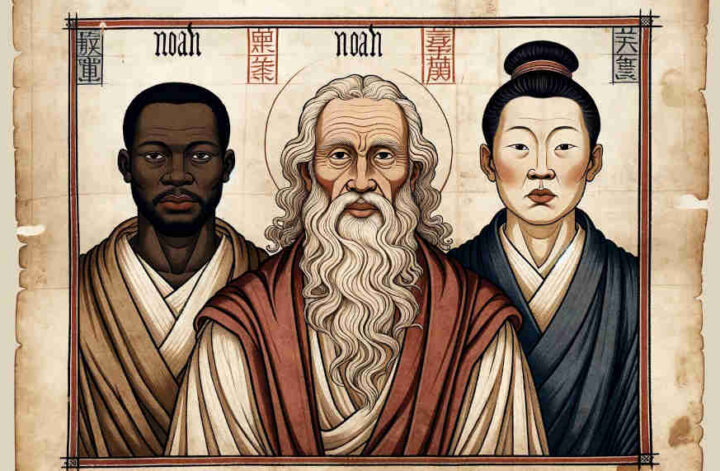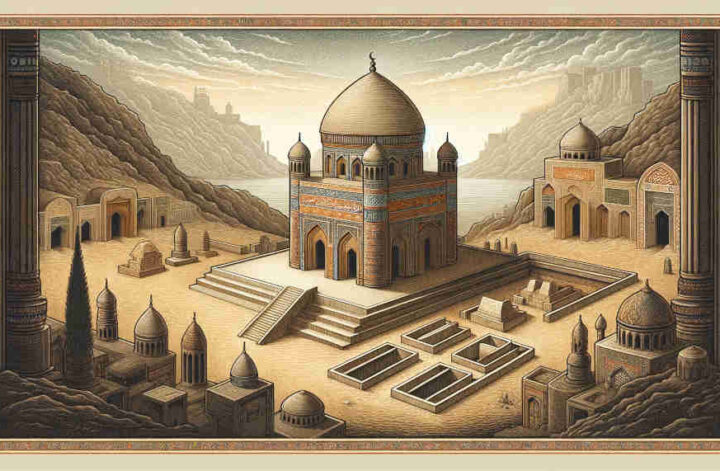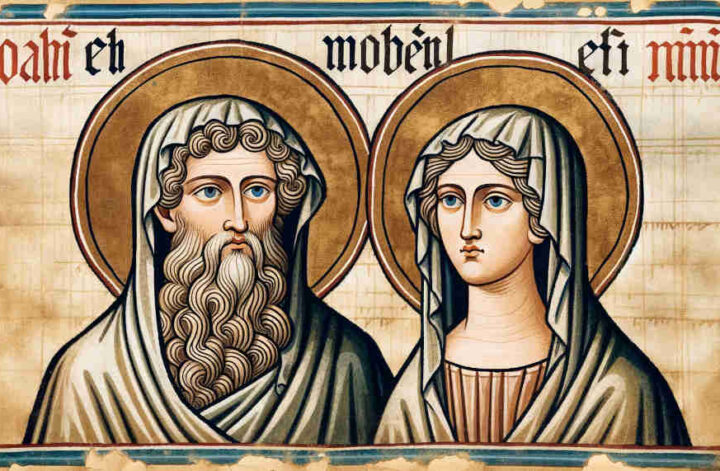Email from a reader: “Dear Rabbi Joshua, I’ve read about Noah and his descendants in the Torah. Did three different races come out of Noah’s family? Can you clarify this from a Jewish perspective? Thank you, Emily Johnson”
Dear Emily,
Your question touches on a topic that intersects biblical narrative and the interpretation of human diversity. Let’s explore the account of Noah’s descendants and its implications.
Noah’s Sons and Their Descendants:
In the Torah, Noah is described as having three sons: Shem, Ham, and Japheth. After the flood, these three sons and their families are said to have repopulated the earth. The narrative in Genesis chapters 9 and 10, often referred to as the Table of Nations, lists the descendants of each son, associating them with various regions and peoples known in the ancient Near East.
Jewish Understanding of “Races” from Noah:
The concept of “races” as understood in modern terms does not directly correspond to the descriptions in the Torah. In Jewish thought, the focus of the narrative is more on the dispersion and diversification of peoples across the earth rather than the development of distinct races.
The descendants of Shem, Ham, and Japheth are traditionally associated with different geographical areas and cultures. For instance, Shem is often linked with the Semitic peoples, Ham with various African and Near Eastern peoples, and Japheth with peoples of the European and possibly Asian regions.
Interpretation of the Text:
It’s important to note that the Torah’s narrative is not a scientific account of the development of human races. Rather, it is a theological and ethical text that seeks to explain the diversity of human cultures and languages in the context of a shared ancestry.
Jewish interpretation often focuses on the moral lessons and spiritual insights that can be derived from these narratives, such as the unity of humanity, the value of diversity, and the responsibility of all peoples to live righteously under God.
Contemporary Understanding:
In contemporary times, the understanding of human races is informed by genetics, anthropology, and sociology, rather than solely by biblical narratives. The story of Noah’s descendants is therefore understood in its historical and religious context, contributing to the rich tapestry of human cultural and historical development.
Emily, in conclusion, while Noah’s sons are ancestral figures for various peoples and regions, the modern concept of races is not a direct parallel to this narrative. The Torah’s account is part of a larger tapestry that speaks to the shared origins and diverse destinies of humanity.
Warm regards,
Rabbi Joshua


